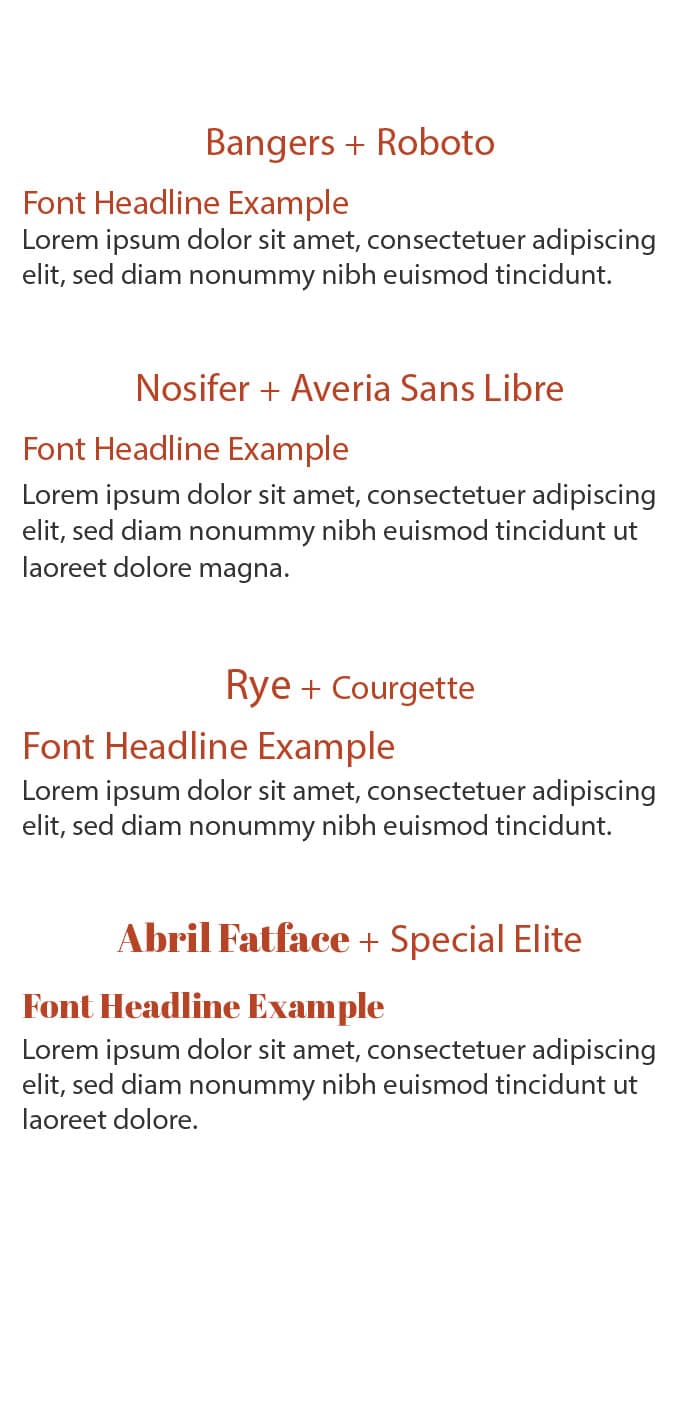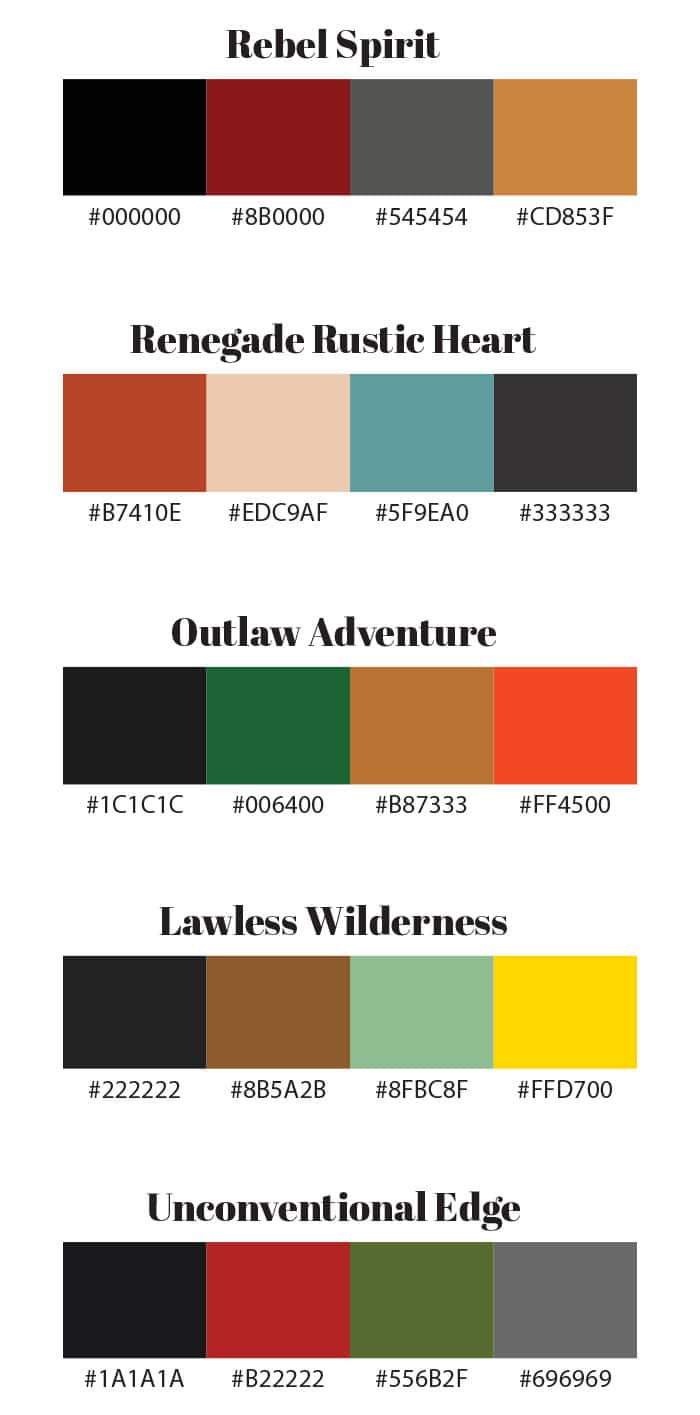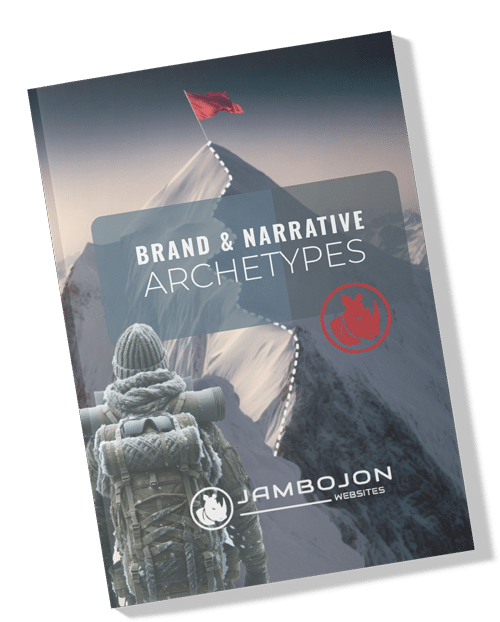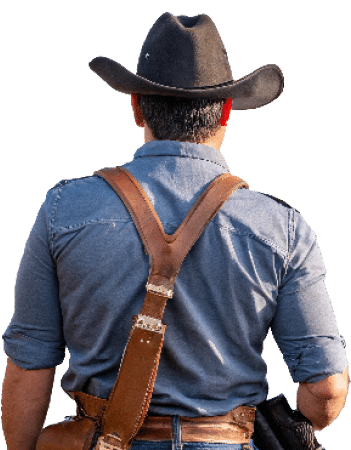About Archetypes
Brand archetypes are important in marketing and branding because they provide a framework for creating a distinct and compelling brand identity. They tap into universal patterns and symbols deeply rooted in human psychology, making them attractive to our character traits and sensibilities. Here’s why brand archetypes are significant and appealing:
The 12 Brand Archetypes
For each narrative, the website design can incorporate elements that reflect the brand's archetype and story.
- Visuals and Imagery: Use imagery that resonates with the archetype's qualities and the narrative's journey. For example, explorers might feature open landscapes, while heroes might use bold and powerful imagery.
- Tone and Language: The copy should reflect the voice of the archetype and the narrative's stages. A Jester might use playful and witty language, whereas a Sage would use insightful and thoughtful prose.
- User Journey: Design the website's user journey to mirror the narrative structure. For a Rags to Riches story, you could guide users from understanding the problem (rags) to discovering your solution (riches).
- Interactivity and Engagement: Use interactive elements to involve the user in the story. For instance, an Explorer brand could include interactive maps or exploration games.
- Testimonials and Case Studies: Share customer stories that align with your narrative and archetype. For a Caregiver brand, testimonials could focus on how the brand supported or nurtured the customer.
By thoughtfully integrating brand archetypes with storytelling formulas, websites can draw in the audience, keeping them on the edge of their seats.
The 12 Brand Archetypes
For each narrative, the website design can incorporate elements that reflect the brand's archetype and story.
- Visuals and Imagery: Use imagery that resonates with the archetype's qualities and the narrative's journey. For example, explorers might feature open landscapes, while heroes might use bold and powerful imagery.
- Tone and Language: The copy should reflect the voice of the archetype and the narrative's stages. A Jester might use playful and witty language, whereas a Sage would use insightful and thoughtful prose.
- User Journey: Design the website's user journey to mirror the narrative structure. For a Rags to Riches story, you could guide users from understanding the problem (rags) to discovering your solution (riches).
- Interactivity and Engagement: Use interactive elements to involve the user in the story. For instance, an Explorer brand could include interactive maps or exploration games.
- Testimonials and Case Studies: Share customer stories that align with your narrative and archetype. For a Caregiver brand, testimonials could focus on how the brand supported or nurtured the customer.
By thoughtfully integrating brand archetypes with storytelling formulas, websites can draw in the audience, keeping them on the edge of their seats.
What is the Outlaw Archetype?
Outlaws often advocate for change and freedom. They represent a sense of individualism, defiance, and willingness to pursue their values and ideals.
Core Characteristics:
They can be seen as pushing boundaries and inspiring others to question both sides. Represents rebellion, independence, and nonconformity. Brands that embody the outlaw archetype often position themselves as edgy, bold, and unconventional. The appeal to individuals who seek to express their uniqueness, challenge traditional thinking, and carve their path. Some benefits of this archetype include promoting individuality, standing up for justice, empowering others, and honesty.
The “Outlaw” as the Guide
Inspires Rebellion and Disruption:
Motivating clients to challenge and redefine norms.
Cultivates Freedom and Liberation:
Encouraging the pursuit of individuality and self-direction.
Fosters Innovation and Nonconformity:
Promoting creative and unconventional approaches.
Builds Trust Through Boldness:
Establishing credibility with a daring and authentic stance.
Encourages Unconventional Problem-Solving:
Advocating for novel and radical solutions.
Enhances Empowerment through Autonomy:
Empowering clients to embrace their unique identity and authority.
Promotes Change and Revolution:
Supporting transformative actions to revolutionize the current landscape.
Font & Color Schemes for "The Outlaw"


Download Our Brand Archetype Guide

Understand each of the brand and narative archetypes In this free download. Learn the language, formulas, color schemes and adventure that can tell your story and create raving fans!
Ready to Start Your Journey?













